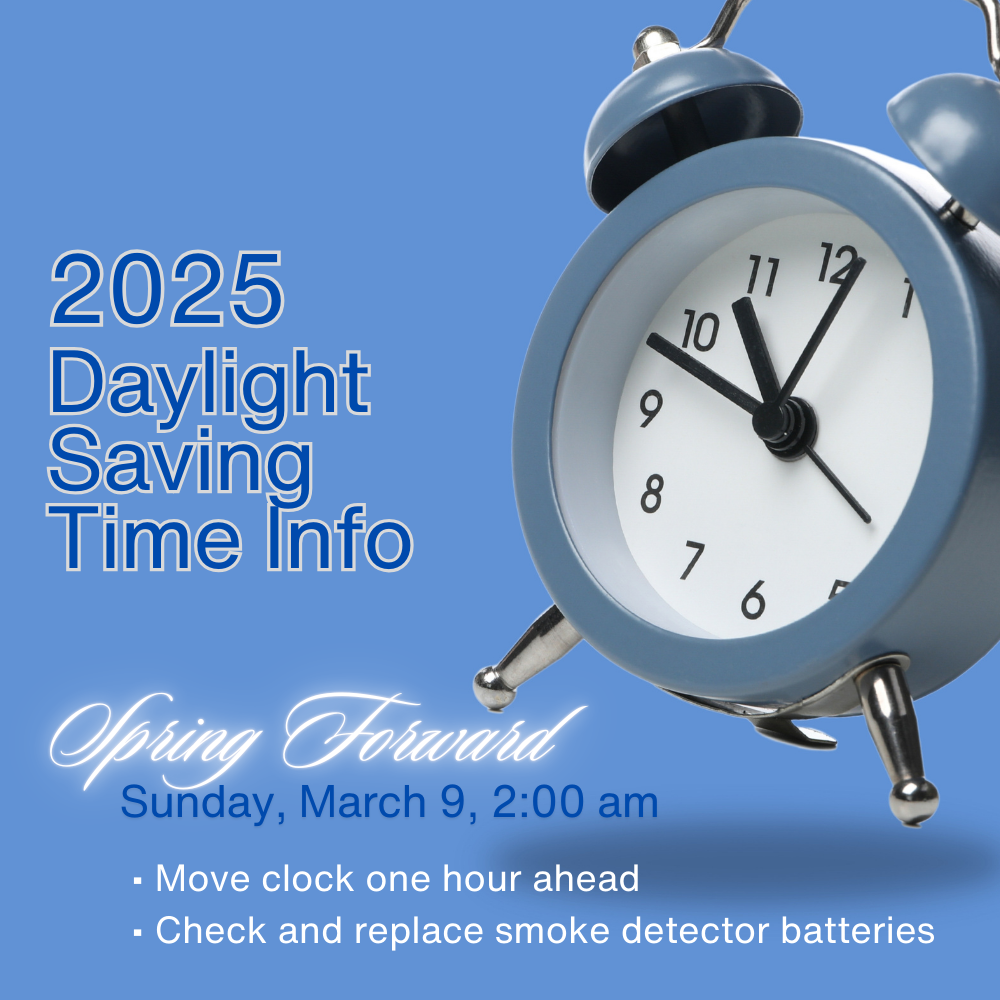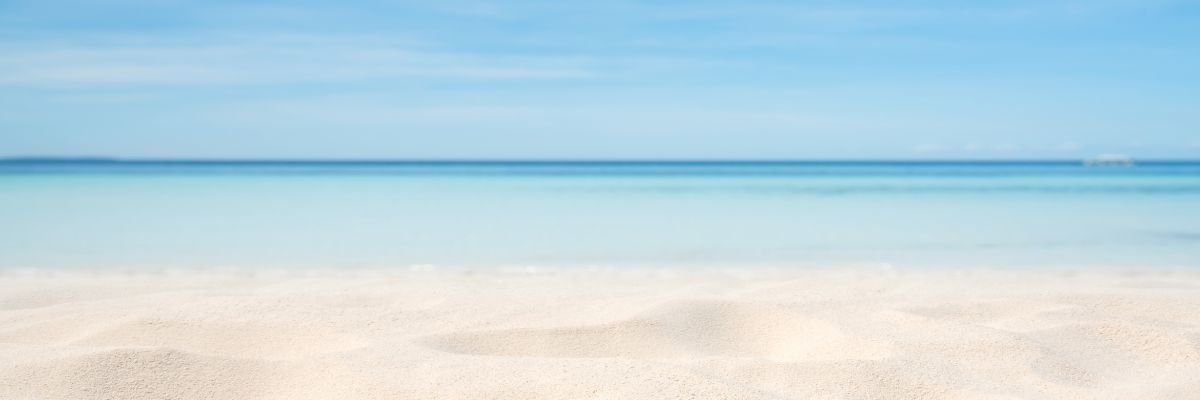Spring Forward: The Science and Benefits of Daylight Saving Time

Springing Forward: Love It or Loathe It?
Ah, daylight saving time—it’s that annual event where we all collectively grumble about losing an hour of sleep but secretly love the extra evening sunshine. March rolls in, and suddenly, our days feel longer (even if our mornings feel a little rougher). But why do we even mess with the clocks in the first place? And is this whole time shift actually doing us any favors? Let’s dive into the quirks, perks, and questionable logic behind daylight saving time!
A Brief History of Daylight Saving Time
The idea of daylight saving time isn’t new. It dates back to the early 20th century, when countries like Germany and the United Kingdom implemented it during World War I to conserve fuel. The idea was simple: by shifting the clocks forward in the spring, people would make better use of natural daylight during the evening hours, reducing the need for artificial lighting.
In the U.S., daylight saving time became widespread during World War II and was formalized with the Uniform Time Act of 1966. While the specifics of when and how DST is observed can vary from country to country, the concept remains the same: adjust the clocks to maximize daylight during the warmer months.
The Science Behind the Shift
Daylight saving time operates on a fairly simple principle: moving the clocks forward by one hour in the spring and setting them back in the fall allows us to "gain" more daylight during the evening. This shift is based on the Earth’s tilt and the way it orbits the Sun.
In the spring, the days get longer as we approach the summer solstice, so DST aligns with the natural increase in daylight. It helps ensure that more of that daylight falls during the hours we are awake and active, providing more opportunities for outdoor activities after work or school.
Benefits of Daylight Saving Time
While the initial transition to DST can disrupt our sleep patterns, research suggests that the long-term benefits are significant:
- More Daylight for Outdoor Activities The most obvious benefit is the extended daylight hours. After months of shorter days, having more sunlight in the evening can lead to increased physical activity. People tend to spend more time outdoors, walking, biking, or participating in sports, which can boost physical health and mood.
- Increased Energy Efficiency By reducing the need for artificial lighting, DST has the potential to reduce energy consumption. Though modern energy consumption patterns have changed, with more people using energy-efficient lighting and digital devices, the shift still has a measurable impact, particularly in regions that rely heavily on electricity for lighting.
- Improved Mental Health The added daylight can have a positive effect on our mental health. Exposure to natural light increases serotonin levels in the brain, which can improve mood and overall well-being. Longer evenings mean more time to relax outdoors, which can also help reduce stress levels and enhance happiness.
- Boost to the Economy DST can also have a positive effect on the economy. With more daylight in the evening, people are more likely to go out and shop, dine, or participate in recreational activities. This boost in consumer activity can be beneficial for local businesses, especially those in the tourism and retail industries.
The Controversy: The Disruptive Effect of the Time Change
Despite these benefits, the transition to daylight saving time is not without its drawbacks. The change can disrupt our sleep cycles, which may lead to increased fatigue and even a temporary dip in productivity. Some studies have shown that the period immediately after the time change is associated with a slight uptick in heart attacks and traffic accidents, possibly due to the disruption of our circadian rhythms.
This shift also doesn’t work for everyone. For example, people in northern latitudes, where days are already long during the summer, may find little benefit from the extra hour of daylight. In fact, some places, like Arizona and Hawaii, have opted out of daylight saving time entirely due to its perceived inconvenience.
Tips for Adjusting to Daylight Saving Time
If you’re struggling with the time change, here are some tips to help ease the transition:
- Start Preparing Early: Gradually adjust your sleep schedule by going to bed and waking up 15 minutes earlier each day in the week leading up to DST. This can help minimize the shock to your system.
- Stay Active: Exposure to natural light and physical activity can help reset your internal clock. Try to get outside during daylight hours to ease the adjustment.
- Be Mindful of Your Sleep: Try to maintain a consistent sleep routine even during the adjustment period. Avoid caffeine and electronics before bedtime to ensure better sleep quality.
Making the Most of More Sunlight
Sure, daylight saving time has its fair share of haters, but there’s no denying the perks—more time for evening adventures, a boost in outdoor fun, and even a little energy savings. As we roll into March 2025, let’s lean into the longer days! Whether you’re basking in golden hour on an after-dinner walk, tackling those long-overdue outdoor projects, or just soaking up the extra sun, the “spring forward” shift is the perfect excuse to shake off the winter blues and embrace the brighter days ahead!














